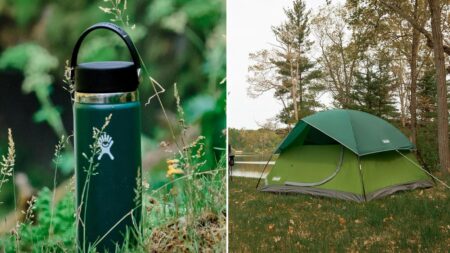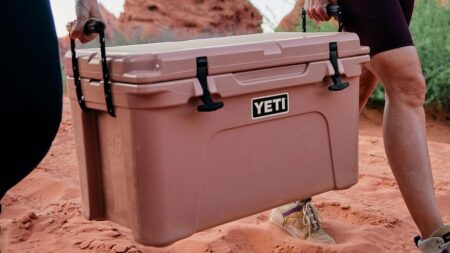Humans have caused severe damage to natural habitats around them. For their needs for construction and consumption, people have damaged flora and fauna in the ecosystem. However, many people have started working on reversing the negative impact on the environment. To conserve the coastal shoreline in Hong Kong, Robotic Fabrication Lab HKU has come up with the 3D-printed Tidal Stool project. It is part of a revitalization project in Shau Tau Kok in Hong Kong.
The makers have 3D-printed terracotta to build the Tidal stools. They are encouraging people to sit and enjoy the beachside. Meanwhile, the visitors can think about shoreline maintenance. After all, these 3D-printed stools serve as a critical remark for shoreline conservation.
According to the project description,
For many of us, the shoreline has a magical attraction. It is an interstitial space that invites us to dwell and contemplate. It offers views of the shore and the landscape and brings us closer to the natural forces surrounding us.
How does the project aim to conserve sea creatures and shoreline?
The idea behind the Tidal Stool project is to combine two different ecologies – the natural and anthropocentric environment – rather than separating them via artificial interventions. Another major aim is to protect sea creatures during high and low tides.
There is a tidal zone between the high and the low tide. This area in Hong Kong often fluctuates by about 900 mm. So, the plants and animals here have to face a lot of varying conditions all day long. Generally, they submerge during the high tide and exposed at the low tide. This ecology changes every twelve hours on the shoreline.
Wondering how could these stools help in such conditions? Well, the intricate cracks and spaces in these stools can offer various hideouts to sea creatures while protecting them from predators. This is how these stools can help in improving the ecology of the shoreline. During high tide, these stools will partially submerge in water. And, during the low tide, they will be exposed and all set for the visitors to sit and enjoy the beach view.
Design inspiration
Three major ideas influenced the design of the Tidal stools. The first one is that it references the classic ceramic stools that have a long history in China. They are part of China’s history for over 1,000 years and are majorly for use in landscaped gardens. Often such stools consist of materials, like wood, stone, porcelain, glazed stoneware, etc.
Secondly, these stools take the cure from mangrove roots that grow along this coastal shoreline. Hence, it supports marine and sustainable ecosystems. Thirdly, the earthen hues of these dark brownish stools are inspired by the rocks present on the shoreline, enabling them to appear as a natural part of the habitat.
The project has been coordinated by Weijen Wang and Christian J-Lange while the rest of the team included Yin Fangyi, Chen Zhaowei, and Chan Ching Yin. The funding came from the Country Conservation Office and 3D printing took place in the Hong Kong University Robotic Fabrication Lab.
Also Read: 15 Stunning 3D Printed Chairs For Future Homes
So far, the team has created 30 unique stools of distinct heights for various users and different degrees of complexity. The makers wanted to find which specific geometry could work best with the natural habitat. Each stool has been assembled using a standard industrial robot, using a mix of terracotta clay that has the same pH as the natural environment. So, if these stools biodegrade over time, they will become part of nature without any damage.





Via: ArchDaily
Follow Homecrux on Google News!




